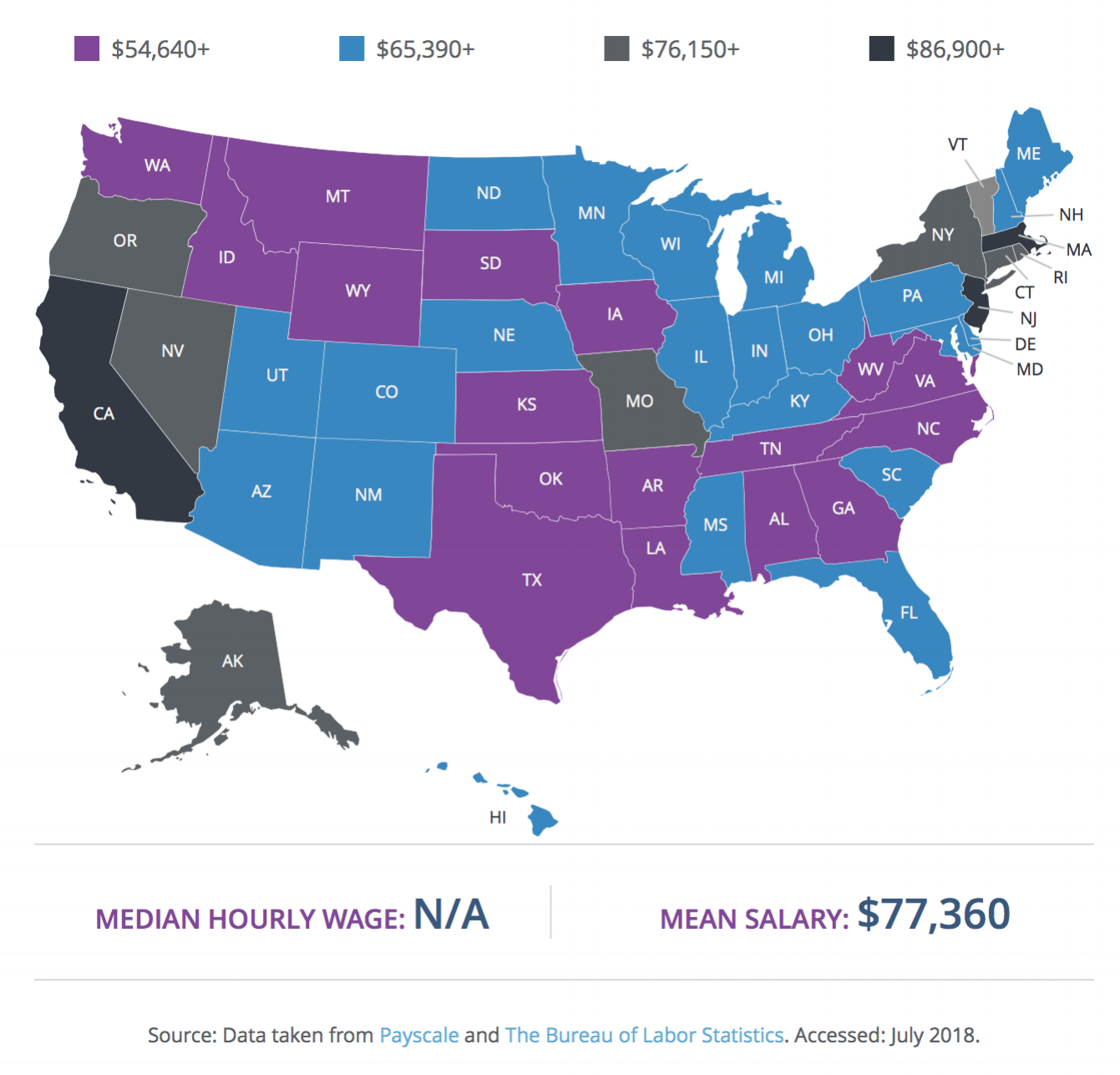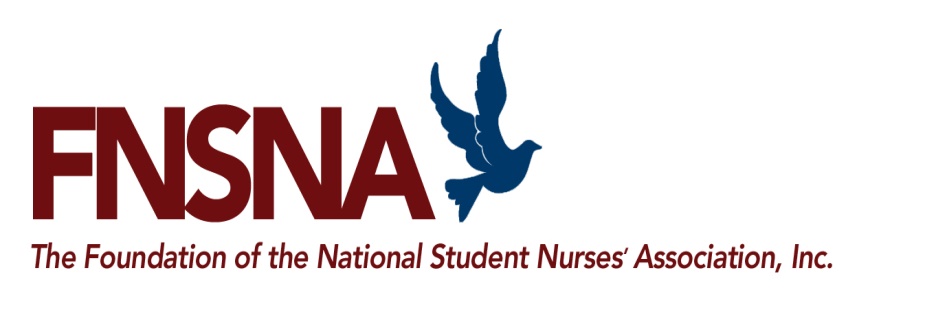 Only 10 days remain for you to apply for a Foundation of the National Student Nurses Association scholarship to support your college tuition, fees and books. This year we are pleased to be offering scholarships of up to $10,000 to diverse nursing students. There’s still time, but you need to get started now. For more details and for link to application, click here. The deadline is January 11, 2019.
Only 10 days remain for you to apply for a Foundation of the National Student Nurses Association scholarship to support your college tuition, fees and books. This year we are pleased to be offering scholarships of up to $10,000 to diverse nursing students. There’s still time, but you need to get started now. For more details and for link to application, click here. The deadline is January 11, 2019.
Need $10,000 to Support Your Nursing Education?
Posted by Erica Bettencourt
Mon, Dec 31, 2018 @ 10:01 AM
Topics: Nursing Education, nursing scholarships

The holiday season is here and we have a list of things Nurses will love!
1. Stethoscope
MDF Instruments has a fun line of prints and colors you can choose from.
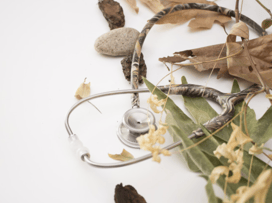
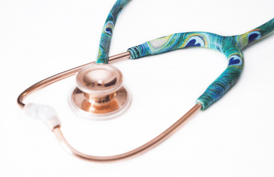
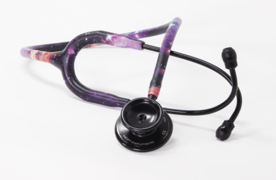
If you're looking for something more high tech, there is the Eko CORE digital stethoscope.

2. Personalized Water Bottle from Etsy.com
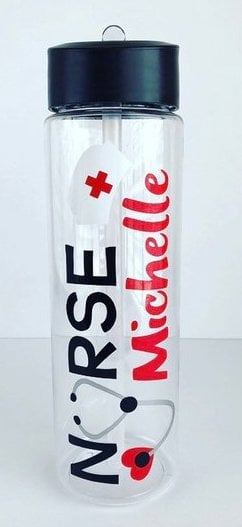
3. Dry Erase Board Wrist Band on amazon.com
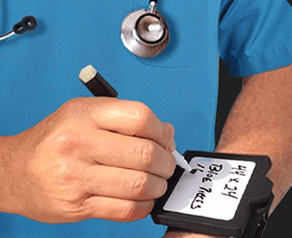
4. New Pair of Shoes
Dansko is a top brand for Nursing shoes.
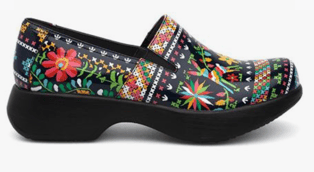
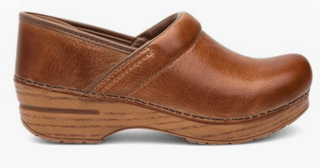
5. Nurse Shaped USB from allheart.com
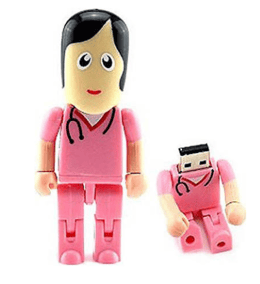
6. Night Shift Nurse Sign from Etsy.com
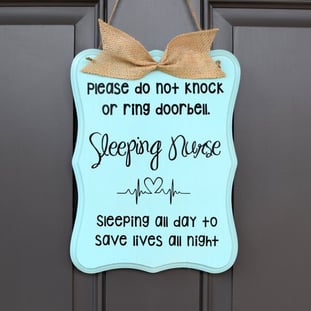
7. Jewelry
like this Nurse appreciation necklace from dearava.com
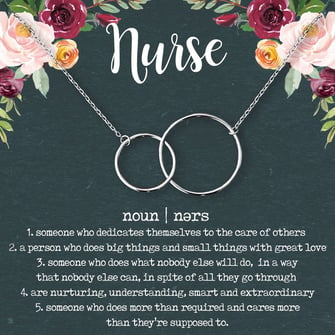
8. Massage Gift Card
You work a demanding and physically draining job and who doesn’t love a massage?! A massage provides a terrific opportunity to take some “me time” to unwind and relax.

9. Car Decal from Etsy.com
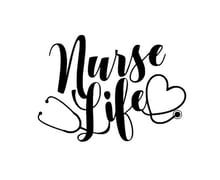
10. Coloring Book For Nurses on amazon.com

Topics: gift ideas

According to a healthecareers.com article, Mental health Nurses are typically part of a healthcare team that includes Psychologists, Social Workers, Psychiatrists, Occupational Therapists and other healthcare assistants.
Psychiatric Nursing is a demanding profession but many Nurses find it rewarding and ideal for their qualifications. It can be a financially rewarding specialty as well.
An article by the American Psychiatric Nurses Association says, the Psychiatric Mental Health Registered Nurse develops a Nursing diagnosis and plan of care, implements the Nursing process, and evaluates it for effectiveness. Psychiatric Mental Health Advanced Practice Registered Nurses (PMH-APRNs) offer primary care services to the psychiatric-mental health population. PMH-APRNs assess, diagnose, and treat individuals and families with psychiatric disorders or the potential for such disorders using their full scope of therapeutic skills, including the prescription of medication and administration of psychotherapy.
Colorado Technical University covers some of the skills Psychiatric Nurses should have:
- Interpersonal Communication and Collaboration – Psychiatric Nurses should have good one-on-one people skills since they help administer biopsychosocial assessments and work to educate clients and families on therapies and medications.
- Problem-Solving – Help assess patients by using the psychiatric diagnostic classification systems and observing and examining the patient's behaviors.
- Attention to Detail – In addition to problem-solving, it is important that Psychiatric Nurses demonstrate care and meticulousness since their duties can include educating patients about psychopharmacologic drugs, administering such drugs, and monitoring patients taking psychopharmacologic drugs as well.
Allnursingschools.com discusses education and certification requirements. Psychiatric Nurses must be Registered Nurses. Although 4-year Bachelor of Science in Nursing degrees are preferred, you may choose to begin your career with a 2-year associate’s degree or a 2- to 3-year diploma through a hospital-based training program. To become a Psychiatric Nurse Practitioner or Clinical Nurse Specialist, you will need additional education at the graduate level, usually two-year Master of Science in Nursing (MSN) degree. Psychiatric Nurse Practitioners are Advanced Practice Registered Nurses (APRNs) who earn master’s degrees in psychiatric-mental health Nursing.
The occupational outlook for Nurse Practitioners in the field of mental health Nursing is 31%, according to a NurseJournal.org article, which is much faster than other positions within the United States. This job has seen an increase in need for licensed Nurses as mental health awareness has begun to rise throughout the country. The average rate of pay for a mental health Nurse is $96,460 per year or $46.37 per hour.
Are you a Mental Health Nurse? Do you enjoy your career choice? We would love to hear about your experiences. Please comment below. Thank you!
Topics: psychiatric nurse, mental health nursing
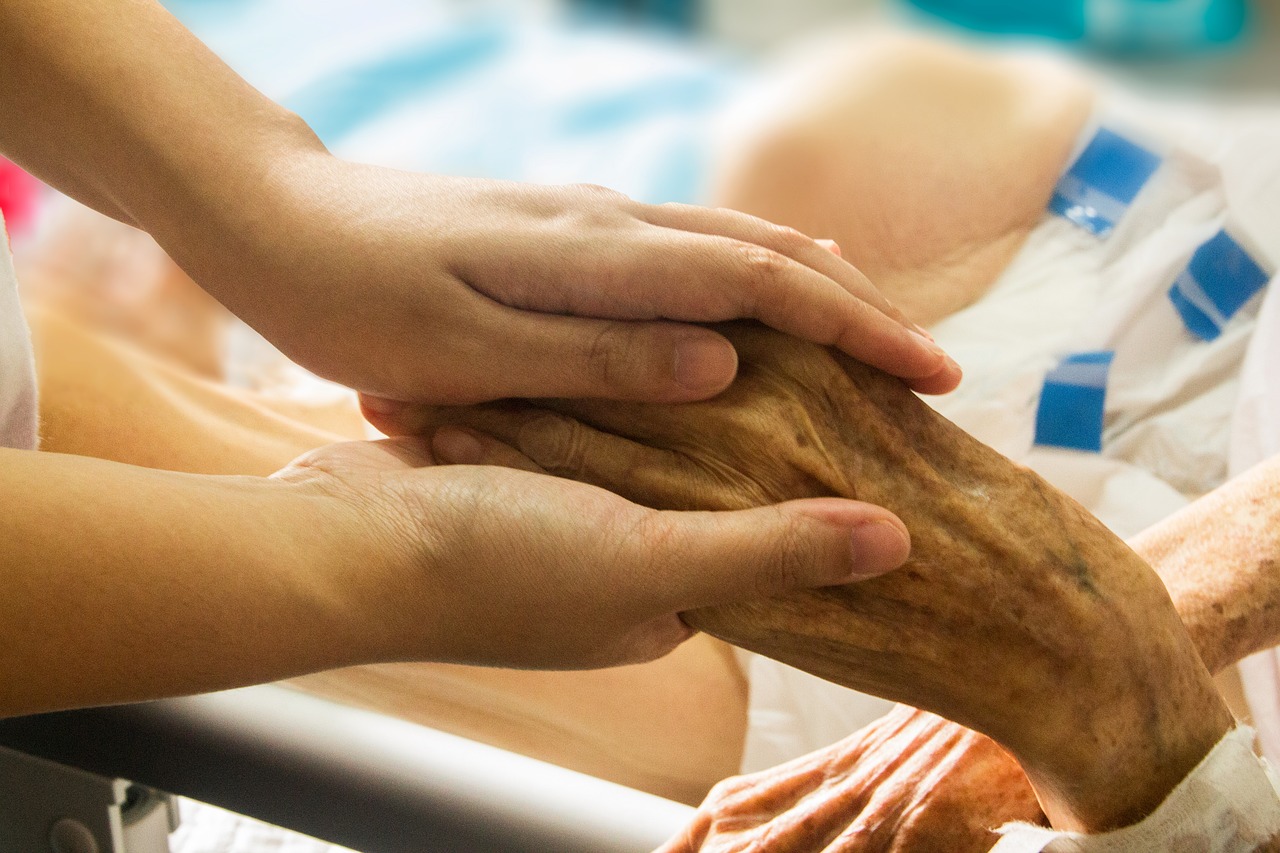 The dictionary defines an advocate as someone who pleads the cause of another. An article from Loyola University Chicago says, in the Nursing profession, advocacy means preserving human dignity, promoting patient equality, and providing freedom from suffering. It’s also about ensuring that patients have the right to make decisions about their own health.
The dictionary defines an advocate as someone who pleads the cause of another. An article from Loyola University Chicago says, in the Nursing profession, advocacy means preserving human dignity, promoting patient equality, and providing freedom from suffering. It’s also about ensuring that patients have the right to make decisions about their own health.
The American Nurses Association (ANA) believes Nurses make great advocates because they provide essential services, are knowledgeable about client needs, and interact closely with health care consumers across a variety of care settings and social groups. This gives Nurses a broad appreciation of health needs and an understanding of the factors that affect health care delivery.
Here are several ways Nurses advocate for their patients:
- Nurses ensure their patient's safety while they’re being treated in a healthcare facility. When the patient is discharged, you communicate with case managers and other colleagues about the need for home health or assistance for when they go home.
- While the doctor explains a patient's diagnosis and treatment options, you translate that information from medical jargon in to understandable directives and help them with any questions.
- You educate your patients on how to manage their current or chronic condition as well as how to take their medications and any side effects they may experience. You help them improve the quality of their everyday life.
- An article from The University of Texas at Arlington states, Nurses can and should advocate for healthcare equality. They should encourage others not to discriminate and model this principle themselves. Everyone deserves access to the same level of attention and compassion. Race, religion, socioeconomic status or other criteria should not be a factor in healthcare.
- Nurses help to prevent or manage their patient's suffering whether it’s physical, emotional or psychological.
- Nurse patient advocacy also includes speaking up while serving on committees or councils to solve problems and ensure patients receive the best care possible.
According to Nursejournal.org, there is no certification specific for a Nurse advocate, although more and more programs are being developed. As such, certification is the same as it is for a Registered Nurse, which is set out in the NCLEX-RN.
Your job is challenging, but very rewarding. You learn a great deal from the patients themselves and not just medically. You also learn about their cultures, families, religions and personal beliefs.
Topics: patient advocate, nurse advocacy
 At the beginning of your Nursing career, you have many decisions to make. One of the biggest is what shift works for you. When you’re first starting out, you may not have a choice. You have to take what is available. However, if you do have a choice, this information provides what each shift has to offer.
At the beginning of your Nursing career, you have many decisions to make. One of the biggest is what shift works for you. When you’re first starting out, you may not have a choice. You have to take what is available. However, if you do have a choice, this information provides what each shift has to offer.
Day Shift
More activity
Day shift Nursing is more active. Patients are awake, phones are ringing, more call lights are going off and families are visiting patients. If you enjoy the fast paced environment then you should consider working the day shift.
More staff present
According to an article by Nurse Blake, there is help and different opportunities for learning during day shift because more people work during the day. Have an urgent question for the physician, dietitian, wound care specialist, or physical therapist? No worries, most departments have staff available during the day to help assist with any questions. Also, numerous procedures/tests take place during the day which can provide opportunities to observe and learn new skills.
Fits in with regular daily schedules
It's easier to maintain a social life because you'll be able to attend more nightly or weekend activities with family and friends. You'll also be able to keep an ordinary sleep schedule.
Cafeteria is open
Sometimes the cafeteria isn't open 24/7. So during the day shift you don't have to worry about forgetting a lunch! You can grab a snack whenever if you become hungry.
Team bonding
It's nice to go out with your coworkers after a long shift and grab dinner or drinks to unwind, have a few laughs and get to know each other outside of the work environment. If you work night shift, you have less opportunities to go out somewhere besides a breakfast place.
Night Shift
More money
An article by Nursingjobs.com said, many hospitals offer shift differentials at hourly rates to help supplement a Nurse's income in return for working night shifts.
According to PayScale, the average hourly rate for an RN working the day shift is between $22.54 - $40.69/hour, depending on geographical location, experience level, and medical facility. A night Nurse, on the other hand, can expect to make up to $41.03/hour, which is slightly higher. The added night shift differential varies by facility type, but it can make a big difference over long-term periods.
Less traffic and better parking
You can get your errands done during the day while most people are at work. Your drive to work should be shorter because there are less people on the road at night. A shorter commute means more sleep! There will be less people parked at your job so that means better parking.
Quieter
Usually during the night shift, patient volumes are generally lower. It can be busy during the first few hours of the shift but as the night goes on it settles down. So you'll have fewer distractions, less discharges to process, and fewer medications to administer. Also, you'll have more time to spend with each patient as there are limited visitors and family members present.
2 or 3 Days a Week
A Shorter Work Week
According to an article from Nurse.org, usually working three days a week means having four days off. This is a great option for Nurses with a long commute because it translates into less hours on the road. Also, those requiring child care prefer this option instead of the traditional 8-hour schedule.
Reducing Errors and Providing Better Care
Rather than having three Nurses in a 24-hour period, a patient will have two, a day Nurse and a night Nurse. Since only two Nurses are transferring information, there is less risk for miscommunication errors. The Joint Commission reported that at least 80% of serious medical errors result from a miscommunication between caregivers during handoff.
Flexible Schedule
Most Nurses working 12-hour shifts group their work days together and have longer periods of time off. This leaves time for traveling, a side job, education, or time with family and friends.
What is your current schedule? Have you worked different shifts? If so, which do you prefer and why? We would love to hear what you think! Please comment below!
Topics: night shift, nursing shifts, day shift
Alternative Chronic Pain Management Treatments
Posted by Erica Bettencourt
Fri, Nov 02, 2018 @ 02:27 PM
 According to a U.S. News article, over 100 million Americans are dealing with some form of chronic pain, and is the leading cause of disability among adults in the U.S.
According to a U.S. News article, over 100 million Americans are dealing with some form of chronic pain, and is the leading cause of disability among adults in the U.S.
Opioid drugs are a safe and effective treatment for pain relief when used properly. However, many people have difficulty accessing medication and others have concerns about addiction so they seek alternative therapies.
Below are some of the most popular alternative therapies for chronic pain.
Cannabidiol (CBD)
According to a health.com article, Daniel Clauw, MD, professor of anesthesiology at the University of Michigan, believes that CBD may have real benefits for people living with chronic pain. “I don’t think we have that many good drugs for pain, and we know that CBD has fewer side effects than opioids or even nonsteroidal anti-inflammatory drugs, which can cause bleeding and cardiovascular problems,” he says.
Acupuncture
Acupuncture has been growing in popularity in the United States. This ancient Chinese form of alternative medicine involves thin needles being inserted into the skin. Research from the National Center for Complementary and Integrative Health suggests it can be used to manage certain pain conditions especially back and neck pain, osteoarthritis pain, and headaches.
Mindfulness Meditation
Mindfulness meditation helps the individual gain psychological control over his or her pain. Stress and depression amplify pain. This therapy teaches you how to understand the different types of pain and how to control your body's reaction to the pain. A U.S. News article reported, mindfulness meditation has been shown in clinical trials to reduce chronic pain by 57 percent, and some experienced meditators can reduce it by over 90 percent.
Chiropractic Therapy
A Harvard Health article explains, Chiropractic therapy is focused on the structure of the body, particularly the spine. Chiropractors manipulate the body's alignment to relieve pain and improve function and to help the body heal itself. As one of the alternatives to pain-relieving drugs, the American College of Physicians recommends spinal manipulation along with heat, massage and acupuncture.
Neuromodulation
According to an article by Jon Hagedorn, MD, Neuromodulation refers to spinal cord stimulation (SCS) when discussing chronic pain treatments. It consists of applying electrical current to the dorsal columns of the spinal cord in an attempt to block or decrease the pain signals to and from the brain. This is accomplished by placing stimulating electrodes in the epidural space, the implantable pulse generator (IPG) in the subcutaneous tissue of the lower back or abdomen, and wires to connect the IPG to the electrodes.
Physical Therapy
An American Physical Therapy Association white paper said, the CDC’s recommendations point to “high-quality evidence” that treatments provided by physical therapists (PTs) are especially effective at reducing pain and improving function in cases of low back pain, fibromyalgia, and hip and knee osteoarthritis. Physical therapy helps by using movement to improve strength, flexibility and range of motion.
Research is still being done to see how effective some of these therapies are, though many patients have reported success.
Do you have any experience with alternative pain management treatments? If so, please leave your comments below. Thank you!
Topics: pain management, Alternative Chronic Pain Management Treatments
 Smart phones help Nurses stay on top of their game. You can download apps that help you study for an exam or find out information about a specific drug. Mobile apps have provided a variety of tools for Nurses. Below you will find some of the top mobile apps for Nurses.
Smart phones help Nurses stay on top of their game. You can download apps that help you study for an exam or find out information about a specific drug. Mobile apps have provided a variety of tools for Nurses. Below you will find some of the top mobile apps for Nurses.
NCSBN flashcard
This app is a medication library for your phone. Great for students studying for exams or Nurses who need a quick reference point.
PEPIDThis app provides detailed information for all elements of patient care. Students gain a credible and complete resource guide for coursework, lab exercises, and clinical practice.
EpocratesIs a medical reference app that searches for information on prescription drugs, drug interactions, and a directory of providers.
MedscapeProvides access to a pill identifier, medical directory, continuing education, medical news, and clinical reference library.
iOS and Android
App version of WebMD website. You can research conditions, access drug and treatment information, get first aid essentials, check local health listings, and find the latest health news on the go.
Med MnemonicsOver 1,500 acronyms, rhymes, and memory tricks to help Nurses learn medical conditions, symptoms, and other terminology.
Taber’s Medical DictionaryA mobile version of one of the best medical dictionaries. Includes photos, videos, audio pronunciations, and functionality to save favorite entries. This dictionary has 65,000 definitions to help Nursing students study for tests.
Nursing CentralInformation and reference for diseases, drugs, and tests for Nurses, as well as a literature search function. Includes access to Davis’s Drug Guide, Taber’s Medical Dictionary, Diseases and Disorders, and MEDLINE Search and Journals, among other databases.
NurseGrid
This app was developed by Nurses to help manage the scheduling process. The app lets you schedule across all worksites, view who you’re working shifts with, message other Nurses, and much more.
Diseases Dictionary
This dictionary app is a great reference for medical disorders and diseases. Learn all information about symptoms, treatments, and medical terminology.
Nurse’s Pocket Guide
This app includes 440 medical conditions with associated Nursing diagnoses, care plan guides, and NIC and NOC labels for each diagnosis.
Black’s Medical Dictionary
This app has over 5,000 definitions. It also has a social media feature allowing you to share information with friends.
Pill Identifier
Provides a quick way to identify more than 12,000 medications. You'll be able to easily identify pills by imprint, shape, color, or drug name.
Pedi STAT
A quick reference for RNs caring for patients in a pediatric, emergency, or critical care environment.
IDdx: Infectious Disease
This app allows users to search by description and lists many infectious diseases that could relate to it. Currently, you can segment more than 250 illnesses by 39 epidemiological factors and 16 world regions.
MediBabble Translator
This translator app helps you communicate with patients and improve care. Currently 7 languages are available: English, Spanish, French, Cantonese, Mandarin, Russian and Haitian Creole.
Eponyms
Hundreds of obscure medical eponyms (person after whom a discovery, invention, place, etc., is named or thought to be named) for easy searching.
Skyscape Medical Resources
Provides drug information, access to medical journals, and the latest industry news, Skyscape Medical Resources is an all-in-one resource.
NCLEX Flashcards
This app has over 2,400 premade flashcards that covers all aspects of the National Council Licensure Examination.
Are you using an app that we didn't mention above? Please share with us in the comment section below!
Topics: nursing apps, mobile apps
Frontier Nursing University President Dr. Susan Stone Elected to National Academy of Medicine
Posted by Pat Magrath
Thu, Oct 18, 2018 @ 11:30 AM
 One of our School of Nursing “Proud Partners”, Frontier Nursing University, announced earlier this week their President, Dr. Susan Stone has been elected to the National Academy of Medicine. We are very happy to share this news and congratulate Dr. Stone on her achievement. Here’s a bit of the press release.
One of our School of Nursing “Proud Partners”, Frontier Nursing University, announced earlier this week their President, Dr. Susan Stone has been elected to the National Academy of Medicine. We are very happy to share this news and congratulate Dr. Stone on her achievement. Here’s a bit of the press release.
Versailles, Ky. – Today, Frontier Nursing University (FNU) president Dr. Susan Stone, DNSc, CNM, FACNM, FAAN, was elected to the National Academy of Medicine (NAM). Dr. Susan Stone has served as President of Frontier Nursing University since 2001. NAM states the election recognizes Dr. Stone’s achievements that have opened the door to more than 5,000 nurses to achieve graduate education and positively impact the accessibility of quality health care for rural families across the United States.
“I am deeply honored to be elected to The National Academy of Medicine,” said Dr. Stone. “I am so grateful for this opportunity to work collaboratively with and learn from other leaders across many other medical professions and disciplines. I am eager to join the Academy’s ongoing efforts to improve health and healthcare.”
You can access the full article here https://frontier.edu/news/susan-stone-elected-nam/
About Frontier Nursing University:
The mission of FNU is to provide accessible nurse-midwifery and nurse practitioner education to prepare competent, entrepreneurial, ethical, and compassionate leaders in primary care to serve all individuals with an emphasis on women and families in diverse, rural, and underserved populations. FNU offers graduate Nurse-Midwifery and Nurse-Practitioner distance education programs that can be pursued full- or part-time with the student’s home community serving as the classroom. Degrees and options offered include Doctor of Nursing Practice (DNP), Master of Science in Nursing (MSN) or Post-Graduate Certificates.
To learn more about Frontier Nursing University, check out their Employer Profile!
Topics: Frontier Nursing University, Dr. Susan Stone, National Academy of Medicine

According to Gallup, for the last 16 years, Americans' ratings of the honesty and ethical standards of 22 occupations found Nurses at the top of the list. Doctors and Pharmacists are also at the top of the list.
The Gallup poll results showed more than eight in 10 (82%) Americans describe Nurses' ethics as "very high" or "high."
In an American Nurses Association (ANA) article, Pamela F. Cipriano, PhD, RN, NEA-BC, FAAN, President of the ANA said, “Nurses provide much more than bedside care. We advocate for patients, deliver primary care, meet the complex needs of patients with chronic conditions, volunteer for disaster relief efforts, and are a trusted voice in boardrooms across the country."
This poll reflects the trust the population has for Nurses. Patients rely on Nurses during their most vulnerable times and year after year Nurses show us that they do deserve that trust.
Doctors manage the overall healthcare plan but, Nurses are the ones who implement it and in doing so they spend the most time with patients.
Since Nurses spend the most time with patients, and they know the health care system’s limitations, they're in the best position to speak up about their patients’ needs and safety concerns and advocate for them.
Audrey Wirth, MSN, RN-BC, CVRN-BC, Nursing instructor at Aurora University told travelnursing.com, “In the Nurse-to-patient relationship, there is a fundamental trust that occurs. Nurses must serve as advocates for both their patients and for better health care in general.”
In 1999 Gallup began asking about Nurses, and the profession has topped the list every year except for 2001 after the 9/11 terrorist attacks, firefighters topped the list that year.
We know you put your patients first every day. We’re delighted that you are recognized for the important and vital work you do. Pat yourself on the back that you continue to make Nursing the most trusted profession! To learn more about what it takes to be a great Nurse check out the blog, Traits Every Great Nurse Has
Topics: nursing profession, trust nurses, ethical standards
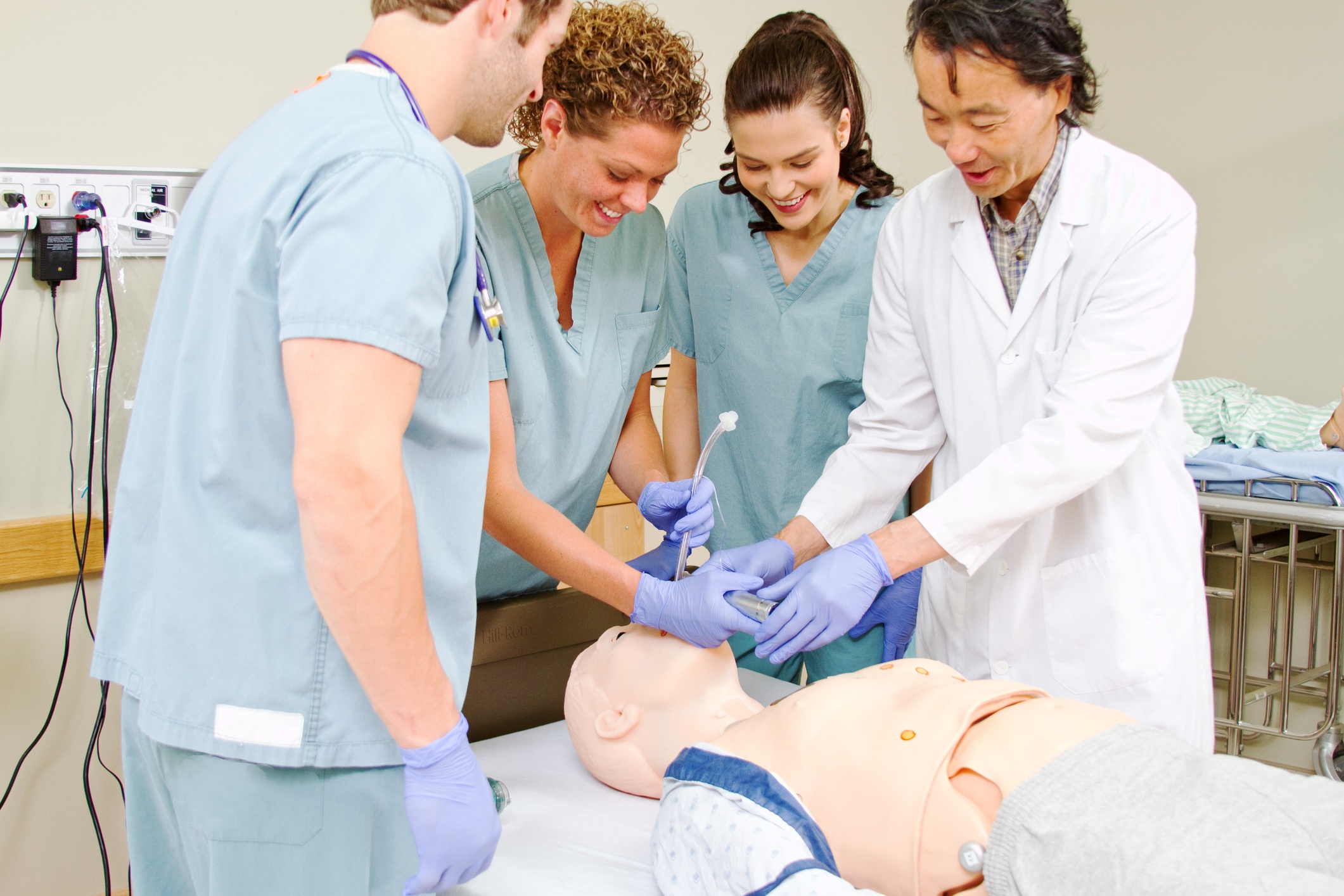 You may want to consider a career as a Nurse Educator if you're interested in teaching or passionate about medical research and public policies.
You may want to consider a career as a Nurse Educator if you're interested in teaching or passionate about medical research and public policies.
Nurse Educators are faculty members in Nursing schools and teaching hospitals, they share their knowledge and skills to prepare future Nurses.
According to allnursingschools.com, you’ll be responsible for designing the curriculum of your students. You’ll set the structure and pace of your classroom and decide what textbooks and other materials your students will need. These curriculum decisions will need to meet accreditation requirements and be in line with the most up-to-date professional standards.
More people are becoming interested in joining the Nursing field. Faculty positions are not being filled because there aren't enough educators to meet the demand.
The U.S. Department of Labor reports that 1 million new and replacement Nurses will be needed by 2020. But, according to the American Association of Colleges of Nursing, almost 65,000 qualified applicants were turned away from Nursing schools last year because Nursing schools don’t have enough Nurse Educators to educate all the students who want to become Nurses.
Becoming an educator broadens your employment opportunities.
According to Nursing.org, potential work opportunities include, but are not limited to:
- Clinical faculty member
- Dean of a Nursing school
- Associate Dean of a Nursing school
- Professor
- Public health Nurse
- Administrative Nursing staff
- Specialist in continued education
- Officer of staff development
Many Nursing Educators work part-time in a clinical setting and part-time as an educator.
Before you can teach Nursing, you must become a Registered Nurse (RN) with a valid license and several years of work experience. Most Nurse Educators complete a master’s degree in Nursing, although a doctorate is required to teach at most universities. You may also want to get a post-master’s certificate or degree in education as well as certification for your area of specialty.
The image below from nursing.org shows the average annual salary of a Nurse Educator is $77,360, and employment in the field is projected to grow 24% between 2016 and 2026.
Whether you’re already an RN and looking to advance your career, or if you’re just entering the field, researching MSN programs is a great way to pursue a Nurse Educator career.
If you’re a Nurse Educator and have any helpful information you'd like to share, or are interested in becoming one and have questions, please comment below.
Topics: nurse educator



